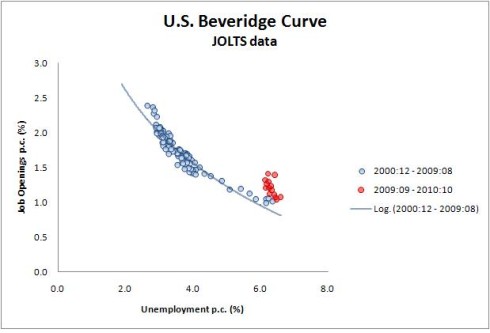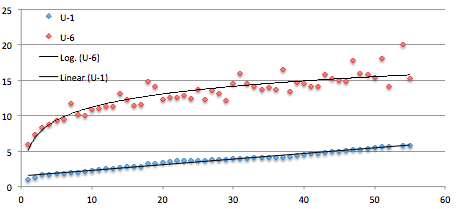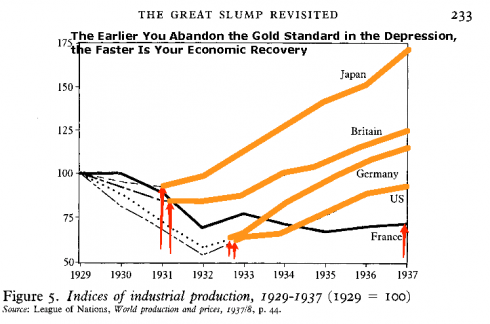Long time ago I drew this little picture to illustrate the difference between complementary products v.s. competing products.

You can’t complete the phone call without both the phone and the phone network. They complement each other. You can’t pay the bill without both the check and the check clearing network, so they complement each other. There competing means that of paying or communication.
The customer pays the cost to cross the entire cascade of complements. So, a trick of the capitalist’s trade is to strive to have the cost for any of the complementary products minimized. That leaves more money on the table for him. The Telco tries to reduce the cost (or at least the apparent cost) of the phone. The Biller’s advocate for low postal rates and state subsidies for the check clearing network. It looks to me like Google and Amazon work very hard to cut the cost of Internet access.
Since learning about all this I have joked that the grapefruit growers should give away the grapefruit spoons. And, I am delighted to report they do.

Well sort of. Like the phone company you need to subscribe – in this case to a bag of fruit.
Complements, like suppliers and customers, are another member of the “can’t live with ’em, can’t live without ’em” relations. Personally I suspect that competitive relationships account for a tiny percentage of what the firm’s managers need to manage.






